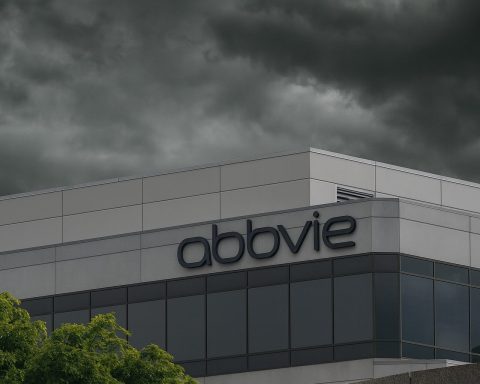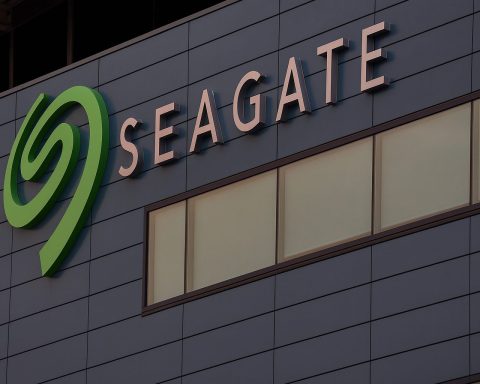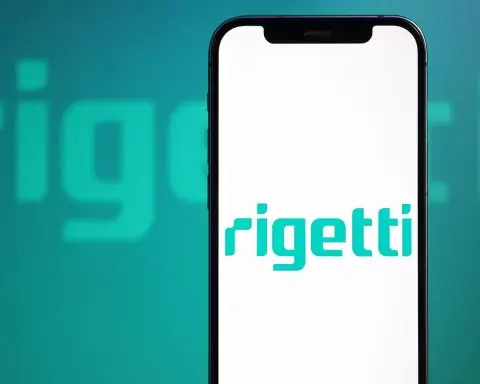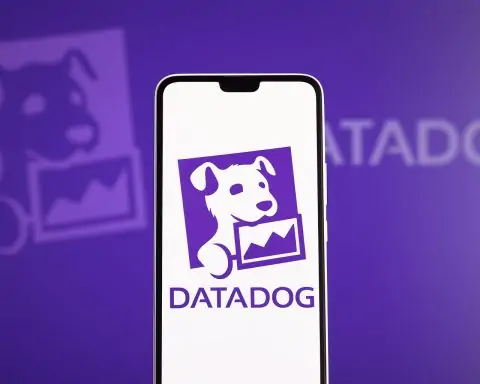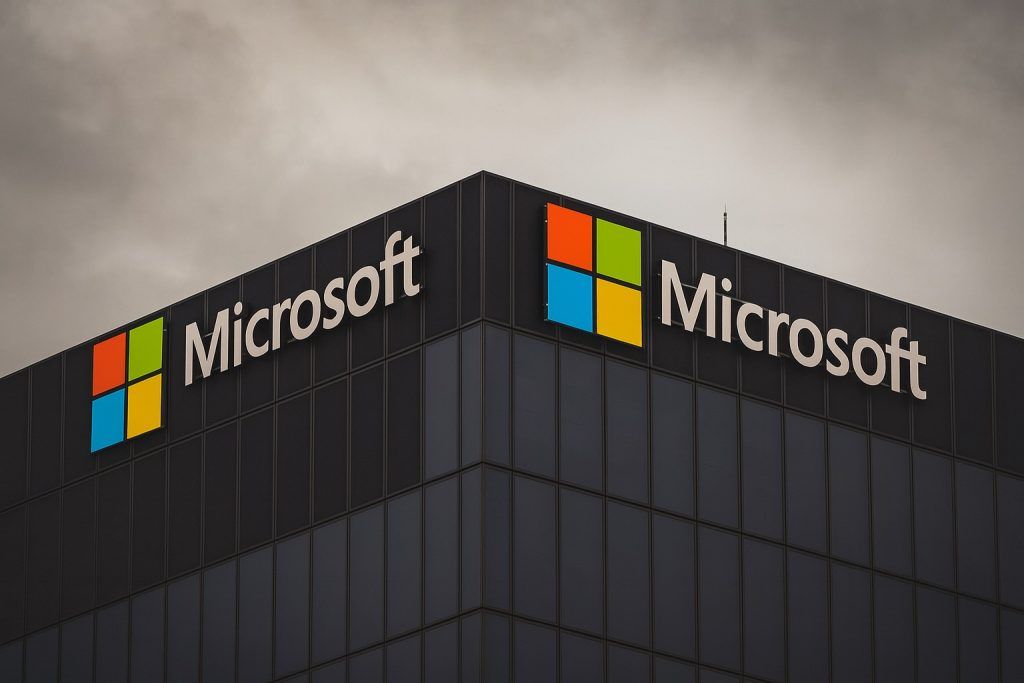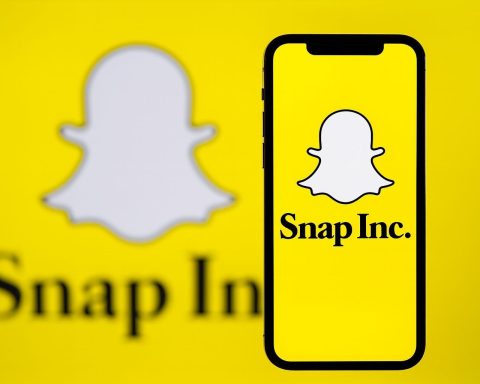- Snap is capping free Memories storage at 5 GB and introducing tiered paid plans. Anyone exceeding 5 GB will need to subscribe to a new Memories Storage plan—100 GB for about $1.99/month, 250 GB included in the $3.99/month Snapchat+ subscription or 5 TB for $15.99/month under Snapchat Platinum [1]. Users over the limit can temporarily keep extra memories for 12 months, after which new snaps beyond the 5 GB cap will be deleted [2].
- A trillion moments saved. Since launching the Memories feature in 2016, Snapchatters have stored more than one trillion photos and videos in the app [3]. Snap says most users have less than 5 GB of saved data, so the new cap affects only users with thousands of snaps [4].
- Snapchat argues that paid storage is needed to cover infrastructure costs. In its blog post announcing the change, Snap admitted that transitioning from free to paid storage isn’t easy but claimed the fees will allow it to continue investing in Memories [5]. A TechCrunch/Yahoo Finance report notes that Snap is trying to monetize users with high storage needs while keeping free access for most [6].
- Critics say the move signals the end of free digital photo archives. Social-media consultant Drew Benvie told the BBC that paying to store data on social platforms is likely to become inevitable across the industry as companies cut back on free services [7]. Users took to social networks to complain that Snap is “charging you for your own memories,” and some threatened to delete the app [8].
- The change aligns Snap with tech giants such as Google and Apple. Analysts note that free storage costs can become unsustainable. Google Photos ended unlimited free storage for “high quality” images in 2021, and Apple offers only 5 GB of free iCloud space. Snapchat’s move is seen as part of a broader shift toward subscription revenue models across the tech sector [9].
The Story Behind Snapchat’s New Storage Fees
When Snapchat introduced its Memories feature in 2016, it promised to let users save their photos and videos safely in the cloud, separate from their camera roll. For nearly a decade the feature has served as a digital time capsule—allowing users to relive birthdays, graduations and everyday moments by pulling up Snaps from years past. The sheer volume of content is staggering: Snapchatters have stored more than one trillion memories on the platform [10]. This growth has outpaced the company’s expectations and, according to Snap, is straining its infrastructure.
On 26 September 2025, Snap quietly dropped a blog post announcing that it was introducing Memories Storage Plans and capping free storage at 5 GB [11]. Users who exceed this limit will have a 12‑month grace period to download or remove content before Snap starts deleting the most recently saved Snaps beyond the limit [12]. Those who want to keep saving more memories must subscribe to paid plans: 100 GB for about $1.99/month, 250 GB included with the $3.99/month Snapchat+ subscription or a hefty 5 TB for $15.99/month with Snapchat Platinum [13]. A TechCrunch report syndicated on Yahoo Finance notes that Snap says most users have less than 5 GB of data and will never hit the cap [14].
Why Snap Is Charging
So why is Snap moving from free to paid cloud storage? The company frames the decision as a necessary investment. In the blog post, Snap wrote that it “never expected [Memories] to grow to what it has become today” and argued that the subscription fees will enable the company to “continue to invest in making Memories better for our entire community” [15]. According to Yahoo Finance, Snap told TechCrunch that the storage plan allows it to address rising infrastructure costs while giving heavy users more space [16].
Analysts say this move is consistent with broader industry trends. Storage is expensive, and as digital photo archives swell, companies can no longer afford to subsidize infinite free space. Google Photos ended unlimited free storage for “high-quality” images in 2021, and Apple’s iCloud still offers only 5 GB of free space. “Charging for storage is inevitable,” social-media consultant Drew Benvie told the BBC; he predicted that “people are going to pay for storing things on social media” as platforms shift from data hoarding to profitability [17]. ET Edge Insights analysts noted that Snap has been losing ad revenue amid slowing growth and sees storage plans as a way to monetize its large Gen Z audience [18].
Reaction: Users Are Furious, But Investors Cheer
Not surprisingly, the change has provoked a backlash. #DeleteSnapchat trended on X (Twitter), with critics accusing the company of “charging you for your own memories” [19]. Many users claim they will never pay and will instead download their Snaps to their devices or switch to rival services. Some even see the move as a betrayal of Snap’s original promise to store content safely and privately.
Others argue that the anger is misplaced. Snap points out that the majority of users—those with fewer than 5 GB of Memories—will not be affected [20]. TechCrunch reports that only users with “thousands of Snaps” have more than 5 GB, and those who choose not to upgrade can still retain their oldest Snaps under the limit [21]. Meanwhile, investors and industry analysts view the move positively. Paid storage and subscriptions like Snapchat+ could diversify Snap’s revenue and reduce its dependence on advertising, similar to how Twitter (now X) launched Twitter Blue and Meta introduced Meta Verified. By offering multiple tiers, Snap is essentially testing whether its engaged user base is willing to pay to preserve their digital archives.
How to Manage Your Memories and Alternatives
For users worried about losing their Snaps, Snap has offered 12 months of temporary storage beyond the free limit [22]. During this period, users can:
- Download everything. Go to the Memories tab, select all Snaps and export them to your camera roll or computer. This ensures you own your data regardless of future pricing changes.
- Spring clean. Delete duplicates and unimportant Snaps. Snap says the free tier is generous enough for most users.
- Consider a subscription. If you rely heavily on Memories as a cloud archive and appreciate features like priority support and exclusive filters, Snapchat+ or Snapchat Platinum may be worth the monthly cost.
- Use alternative services. Google Photos, iCloud, OneDrive and Amazon Photos offer varying amounts of free and paid storage, often with broader device integration. Be aware, however, that these services are also moving toward paid models.
Broader Implications for Social Media
Snapchat’s storage fees highlight a larger shift in social media economics. As platforms mature, their free services are being curbed. Social networks that once prioritized growth at any cost now prioritize profitability and shareholder returns. With more than one billion monthly active users (according to external analysts) but slower revenue growth than competitors like TikTok and Instagram [23], Snap is under pressure to diversify.
The move also raises questions about digital preservation. For many Gen Z users, Memories contains a chronicle of their lives. If storing those memories now carries a price tag, what does that say about who controls our personal data? It may force users to think more critically about where and how they save their digital lives. According to ET Edge Insights, Snap’s strategy could herald the end of the era where social platforms serve as free personal archives [24].
Conclusion
Snapchat’s decision to cap free Memories storage and launch paid plans is both a revenue play and a harbinger of change in social media. While the company contends that most users won’t notice, the announcement has sparked fierce debate about data ownership, corporate greed and the sustainability of free online services. Whether users will accept paying to preserve their cherished moments remains to be seen. But one thing is clear: our digital memories are no longer entirely ours unless we’re willing to pay for the privilege.
References
1. consent.yahoo.com, 2. consent.yahoo.com, 3. newsroom.snap.com, 4. newsroom.snap.com, 5. newsroom.snap.com, 6. consent.yahoo.com, 7. www.bbc.com, 8. www.tyla.com, 9. etedge-insights.com, 10. newsroom.snap.com, 11. newsroom.snap.com, 12. newsroom.snap.com, 13. consent.yahoo.com, 14. consent.yahoo.com, 15. newsroom.snap.com, 16. consent.yahoo.com, 17. www.bbc.com, 18. etedge-insights.com, 19. www.tyla.com, 20. newsroom.snap.com, 21. consent.yahoo.com, 22. newsroom.snap.com, 23. azat.tv, 24. etedge-insights.com

